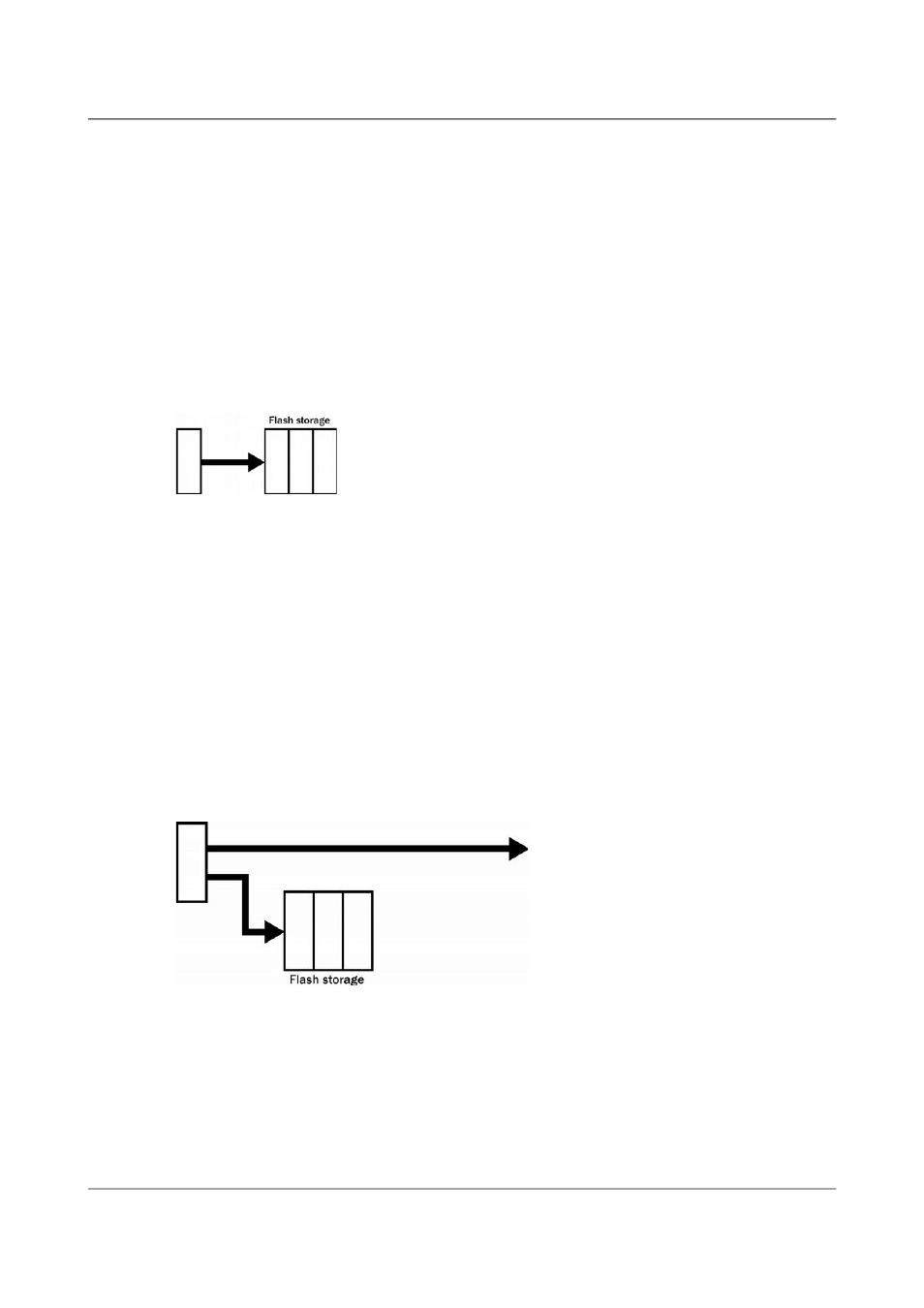Guralp Systems CMG-6TD User Manual
Page 66

Configuration with Scream!
If you expect breaks in communication between the instrument and its client
to last more than 256 blocks, or if you want the instrument to handle breaks
in transmission (rather than relying on the client to request missed blocks),
you should use:
•
ADAPTIVE mode, if you want data to stay as near to real time as
possible (but do not mind if blocks are received out of order); or
•
FIFO mode, if you need blocks to be received in strict order (but do not
mind if the instrument takes a while to catch up to real time).
5.2.5.2 FILING
Syntax: FILING
Instructs the 6TD not to transmit blocks to clients automatically, but to store
all digitized data in the Flash memory. If you have chosen the RECYCLE
buffering mode (see section 5.2.6.1 on page 69), the memory is used in
circular fashion, i.e. if it becomes full, incoming blocks begin overwriting the
oldest in memory. If the WRITE-ONCE mode is active (see section 5.2.6.2 on
page 69), the instrument will switch to DIRECT mode (see above) when the
memory becomes full.
You can retrieve blocks from an instrument in FILING mode by connecting to
its terminal interface and issuing commands such as FLUSH, or through
Scream! (see below).
5.2.5.3 DUPLICATE
Syntax: DUPLICATE
Instructs the 6TD to transmit streams directly to clients as well as storing all
data into Flash storage as for FILING mode.
An instrument in DIRECT mode still honours the GCF Block Recovery
Protocol: a temporary RAM buffer always holds the last 256 blocks generated,
and if a client fails to receive a block it can request its retransmission.
66
Issue F - February 2014